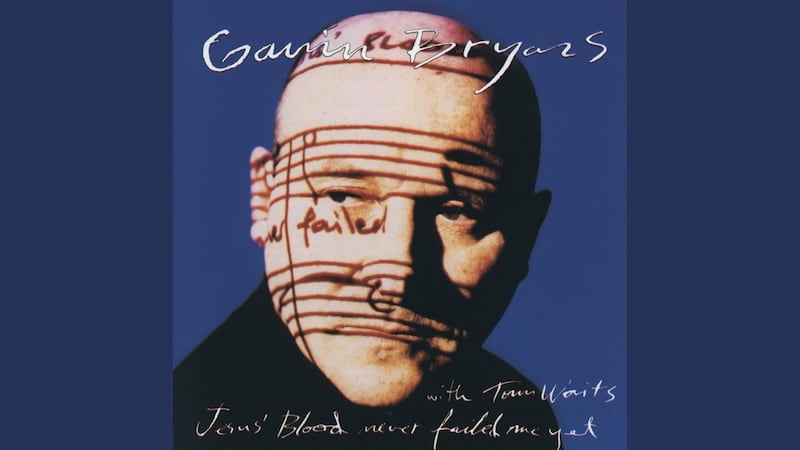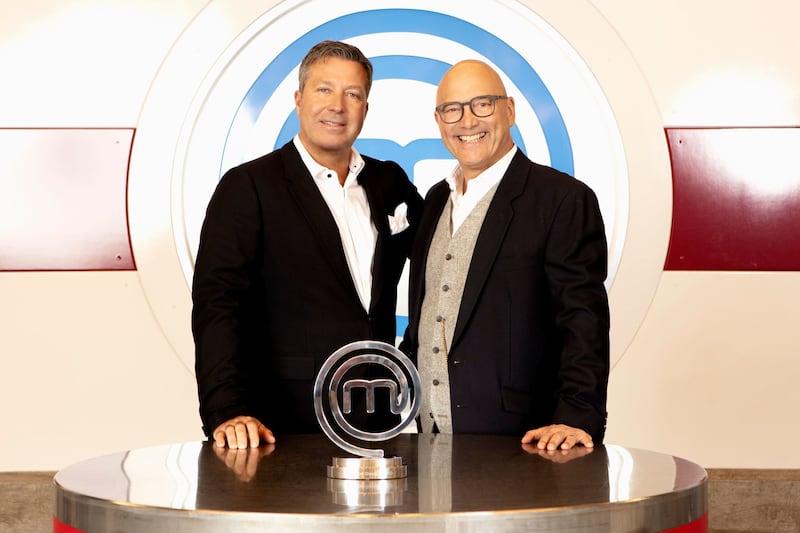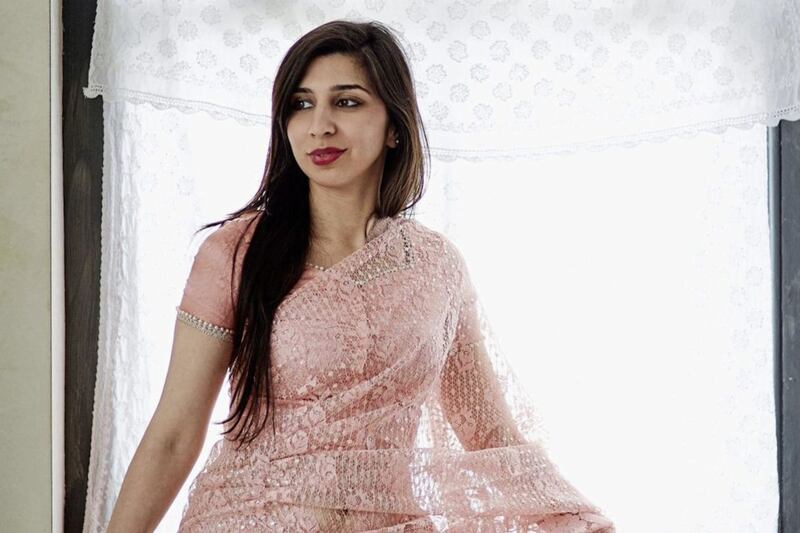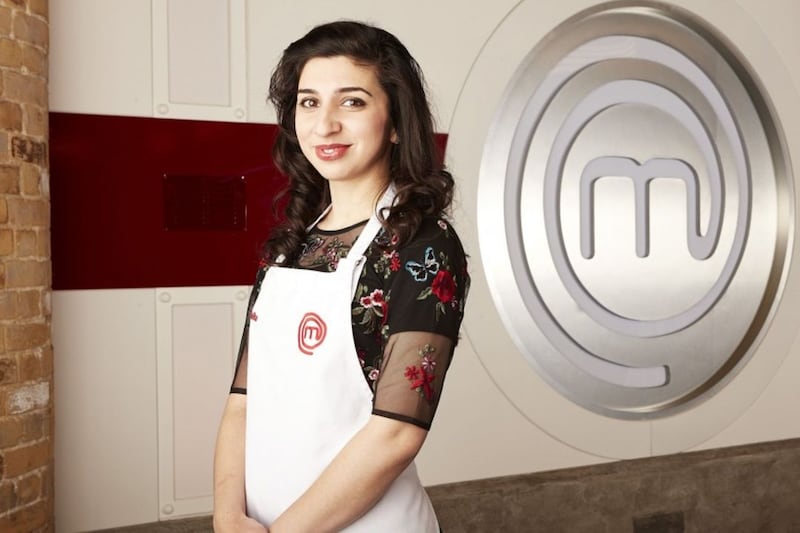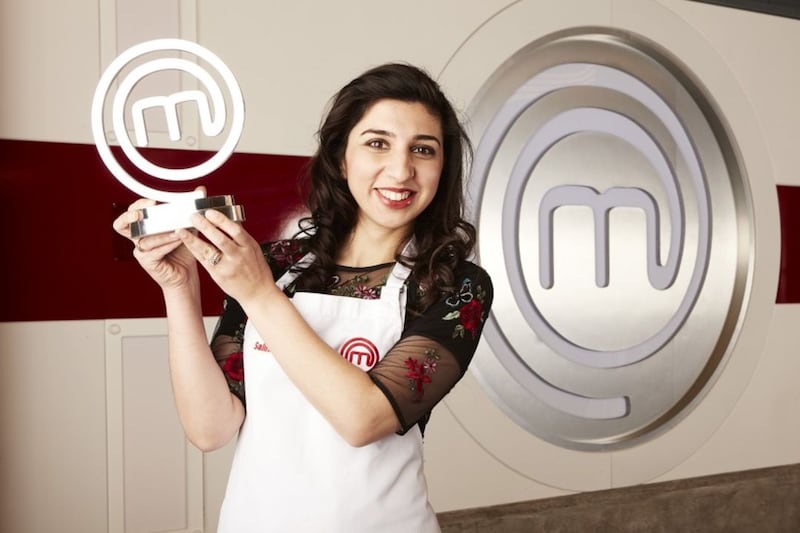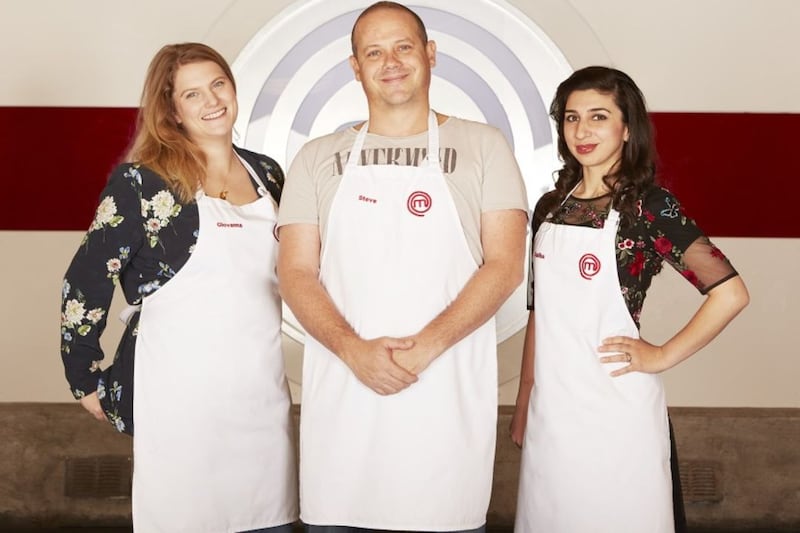AS A trainee doctor hoping to specialise in gastroenterology, you might have expected last year's MasterChef winner Saliha Mahmood Ahmed's debut cookbook to run along the lines of healthy eating.
But not so much. Instead Khazana, which the 30-year-old considers a 'treasure trove' of dishes, combines her Pakistani heritage with the history of the extravagant Mughal Empire, and Mahmood Ahmed's own travels.
She started cooking around the age of 10 ("But you weren't allowed to do everything in the kitchen, you had to 'graduate' from various stages," she notes), before food technology at school pushed her on ("I can still do ruff-puff and shortcrust pastry by heart").
At 15, she won a schools' chef of the year competition – and she's clearly a pro at cookery competitions, scooping last year's MasterChef gong. It was her husband Usman, however, who secretly put in an application on her behalf – although Mahmood Ahmed reveals he said he was "sick of being an aubergine minion" during the recipe-testing stage of Khazana.
Spending family holidays exploring the Middle East and Indian sub-continent, experiencing cultures and dipping into cuisines along the way, was what really triggered her bug for feeding and eating though.
The Londoner is full of stories of trying goat's brain curry ("a bit spongy") and eating sweet potatoes – roasted in ash overnight, split open and topped with spices and lime juice – by the roadside. "My dad would book up these really long trips," she remembers. "All we knew was whether we were going to a hot country or a cold country. Even my mum didn't know."
Amazing adventure holidays ensued, with the family of five exploring the north of Pakistan, the Himalayan foothills, India, Sri Lanka, Kashmir and more: "Territories that other people don't necessarily go to."
It certainly wasn't a case of enjoying the all-you-can-eat hotel buffet: "My family would even try to avoid breakfasts in the hotels, just so we could get a taste of what the locals were eating."
One trip saw them visit the Taj Mahal, the mausoleum commissioned by Mughal emperor Shah Jahan in 1632. "Seeing the opulence and grandeur, I began reading about it and discovered this huge contribution the Mughals had to food of the Indian sub-continent," Mahmood Ahmed recalls.
The encounter had such a lasting influence that it has helped define the soul of Khazana, which draws on the abundance and splendour of the Mughals and their fusion of Persian and Indian influences.
Indo-Persian food, she explains, is "quite a fluid concept", but essentially sees Indian cookery and techniques bolstered by Persian flavourings – like nuts, herbs, saffron and light spices. "The spicing isn't green chilli and coconut milk, it's much more subtle: Nutmeg and mace and cardamom...
"The food's quite sexy," she adds with a laugh, and invention is key. Khazana is really not concerned with the regionality of food, dismissing the idea of classic recipes set in stone, immune to adaptation. Instead, "it looks at how ingredients have spread from one region to another and influences across borders", as was the way of the Mughals. "Why not pick the best of everywhere, no?" Mahmood Ahmed asks, saying she hopes the book will "transport you to a different era".
She talks about this bunch of dramatic emperors with awe. They were decadent in every way, from what they wore and ate, to their personal relationships. The way they lived, she says, is "beyond our imagination today. I mean, who goes and builds the Taj Mahal for a lost love?" Bottomless coffers also meant a kitchen budget that in today's money would run into the millions. "Every meal would be a table laid full of different dishes, an array of things, more than one could possibly eat in a week."
It wasn't just about quantity though, quality was paramount. "They cultivated all of their vegetables, they reared all their meat, they ate fully organic produce. They'd acquire new territories and were never shy of trying the food," notes Mahmood Ahmed. "They were foodie people, and their influence on the food of that region still remains today, whether people have picked up on it or not.
"I think back to the Mughal emperors being so open to trying different things and fusing their food," she muses. "We're 400 years on and actually, we should be using the same sorts of principles, and learning food lessons from history."
:: Khazana by Saliha Mahmood Ahmed, photography by Kristin Perers, is published by Hodder& Stoughton, priced £35. Below are two recipes from the book for you to try.
SEA BASS, CHILLI AND SAFFRON BUTTER BAKED IN LAVASH
(Serves 4)
4 pieces of lavash bread
50g softened butter
Good pinch of saffron threads
1 garlic clove, finely grated
1 red chilli, finely chopped
4 x 120g skinless sea bass fillets, about 1cm thick
2 sliced spring onions, thinly sliced
4tsp finely chopped fresh coriander
Olive oil
Salt, to taste
Method
Preheat the oven to 200C (180C fan), gas mark 6. Trim each piece of lavash bread to create four squares around 20 x 20cm. Use a fork to mix the saffron, garlic and red chilli into the softened butter.
Season the sea bass fillets with salt and place each one onto a square of lavash bread. Spread the saffron-chilli butter over the sea bass fillets and sprinkle with a few spring onions and some coriander. Carefully bring each side of the lavash over the sea bass so that the fish is completely enclosed inside the flatbread.
Place the prepared fish parcels onto a baking tray and rub olive oil all over them. Bake for about 12 minutes, or until the fish is cooked through and the bread is golden. Open out the fish parcel to reveal the herb and saffron baked fish and crispy lavash bread. Serve immediately.
BUTTERMILK, SAFFRON AND ORANGE BLOSSOM PANNA COTTA
(Serves 4)
250ml double cream
120g caster sugar
1/2tsp saffron threads, soaked in a few tbsp of warm water
3tbsp orange blossom water (or rose water)
1/2tsp ground cardamom
2 1/2 sheets of platinum-strength leaf gelatine
250ml buttermilk
For the Candied Pistachios:
100g granulated sugar
100g shelled pistachios
Vegetable oil, for greasing
Method
Heat the double cream and sugar in a pan until it just comes to boiling point. Take the cream off the heat and add the saffron and its soaking water, orange blossom water and ground cardamom. Allow the cream to cool slightly.
Soften the gelatine by soaking it in some warm water. When the gelatine is very soft, squeeze out the moisture and drop it into the warm cream mixture. The gelatine should dissolve immediately into the cream. Working quickly, combine the buttermilk with the cream mixture. Give the mixture a final taste; you can add more orange blossom water, saffron or cardamom at this point, if you like.
Pour the panna cotta mixture into four individual ramekins. Transfer to the fridge to set for at least four hours, ideally overnight.
Meanwhile, make the candied pistachios. Melt the sugar in a pan over a medium heat until it turns to a deep brown-coloured caramel, swirling the pan occasionally to melt it evenly. Quickly add the pistachios to the caramel, stir once to ensure the pistachios are all coated and pour the whole mixture onto a piece of greased baking parchment and set aside to cool.
Roughly chop the caramelised pistachios and sprinkle over the smooth, wobbly panna cotta as a crunchy accompaniment.


